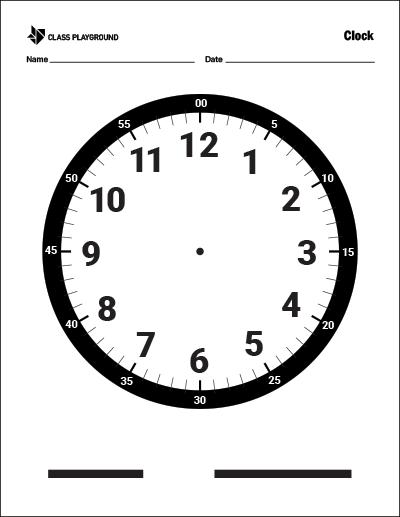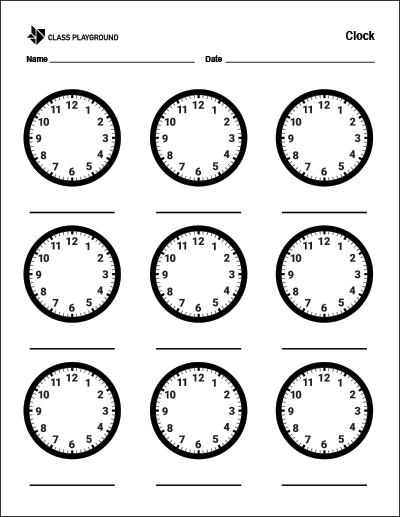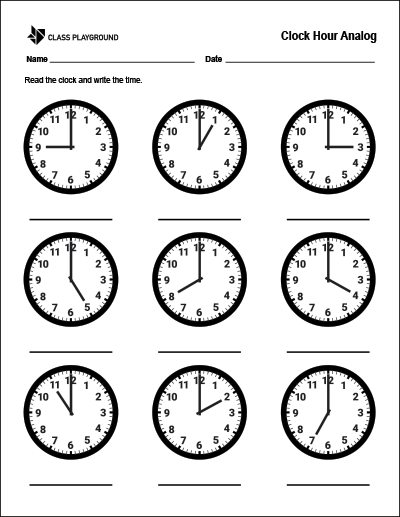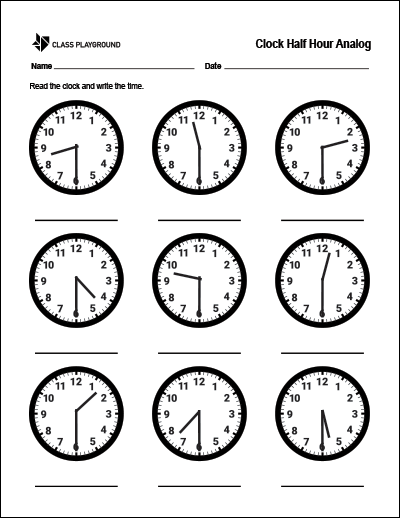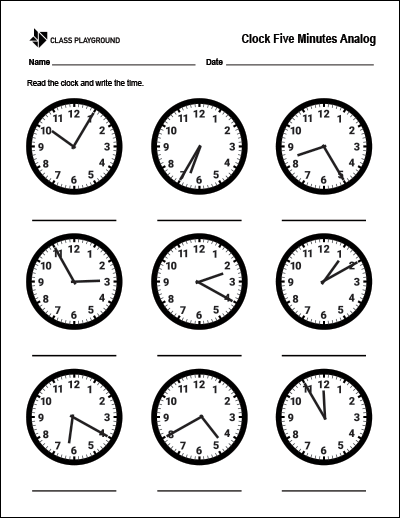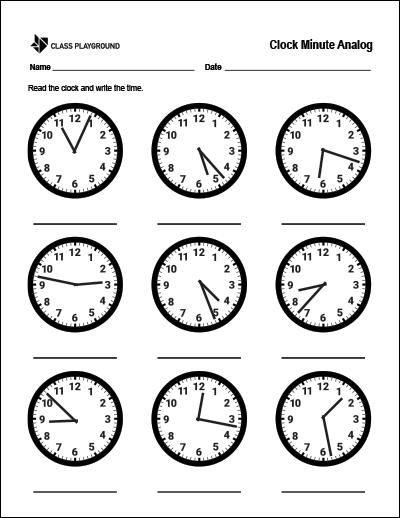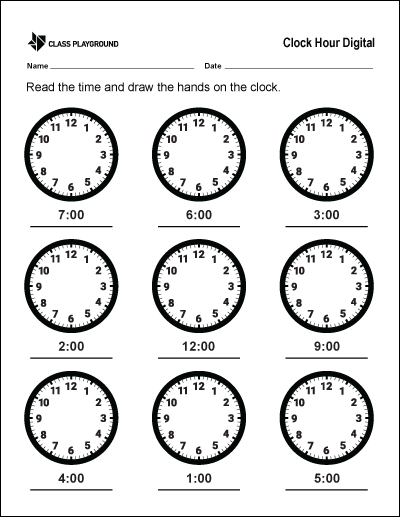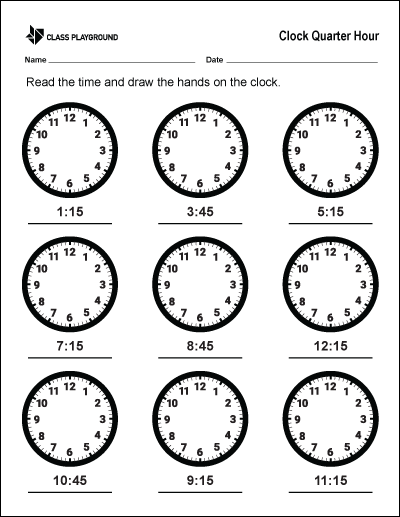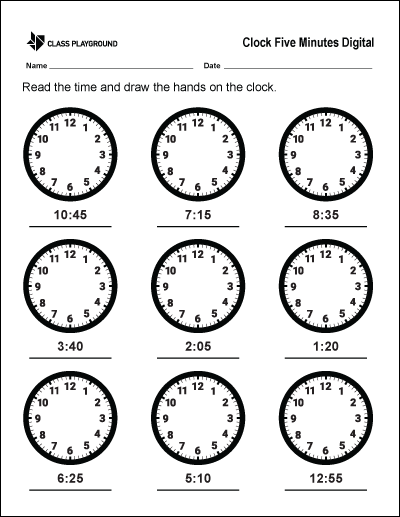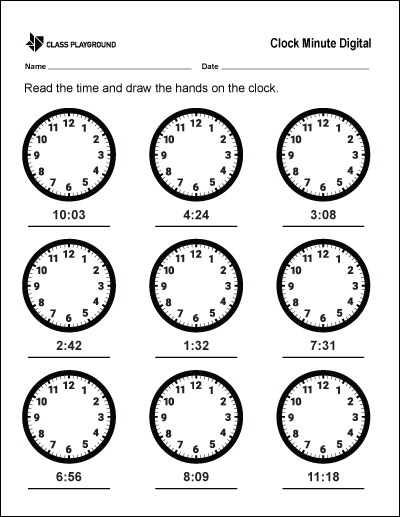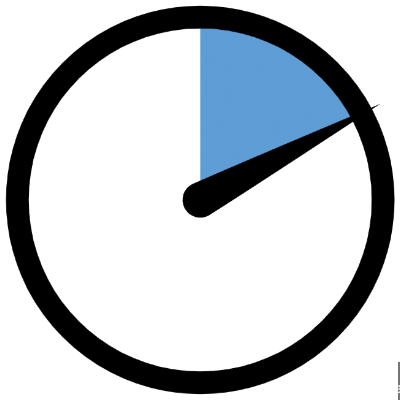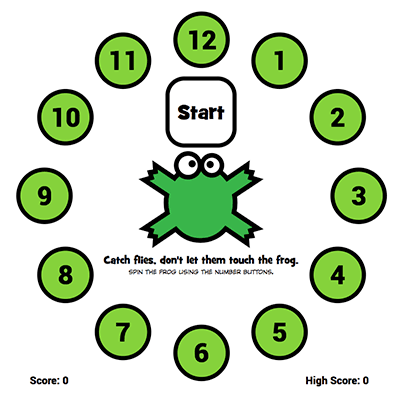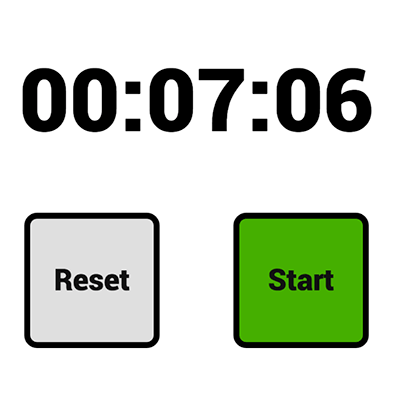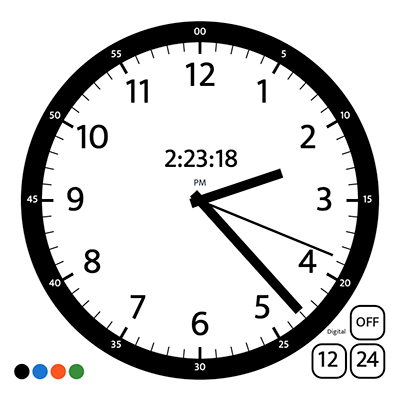What is it?
Teaching time focuses on helping young learners understand the concept of time. This includes learning how to read both digital and analog clocks, understanding the progression of time, and applying this knowledge to practical situations such as following a schedule or planning activities.
Why is it Important?
Educating children about time is crucial as it equips them with a fundamental life skill they will use daily. It goes beyond the confines of academic learning and extends into their everyday lives – organizing their day, comprehending their routine, and eventually managing their personal time. Mastering the concept of time aids children in developing autonomy and responsibility, important traits for their overall growth.
Strategies for Teaching Time
- Start with Prerequisites: Before introducing the concept of time, students need to grasp a few preliminary skills. They should be able to count to 60 as this is the number of minutes in an hour. Understanding the concept of a circle and its divisions is also vital because an analog clock is a circle divided into halves and quarters. Lastly, a basic understanding of fractions is useful since time is often expressed in terms of halves and quarters.
- Introduce the Clock: Begin with a simple analog clock, explaining each element in detail. Discuss the face of the clock first, pointing out the numbers from 1 to 12. Then, introduce the hands of the clock. Explain that the short hand is the ‘hour hand,’ which points to the hour, and the long hand is the ‘minute hand,’ which points to the minutes.
- Teach Full Hours First: When you start teaching time, focus on full hours initially. Use a model of an analog clock and move the hour hand to different numbers, explaining that when the minute hand points to 12, it signifies the start of a new hour. Practice this concept through various exercises and games until the students feel comfortable recognizing and stating full hours.
- Move to Half and Quarter Hours: Once full hours are understood, introduce the concept of half hours and quarter hours. Explain how the position of the minute hand at 6 means it’s half past the hour, and at 3 or 9, it’s a quarter past or a quarter to the hour respectively. Use examples and exercises to ensure students understand these new concepts.
- Introduce Minutes: The next step is to introduce minutes. Explain how each number on the clock also represents five minutes and how the spaces in between the numbers represent one minute each. This is where their ability to count to 60 becomes crucial. Practice with different times, focusing on the position of the minute hand.
- Teach Digital Time: Finally, once your students are comfortable with reading an analog clock, you can introduce digital time. Show them how it represents the same information as an analog clock but in a different format. Start with full hours, then move on to half and quarter hours, and finally individual minutes. This will help them understand and read digital clocks and electronic devices.
Activities
- DIY Paper Clock: This hands-on activity involves students creating their own clocks, which they can use to practice telling time. Provide each student with a paper plate, a brad fastener, and two strips of paper (one longer than the other for the hour and minute hands). Have them write numbers 1 through 12 around the edge of the plate to represent the hours, then attach the paper hands to the center with the brad fastener. Students can then move the hands to different positions as they practice telling time.
- Time Telling Games: Games are an excellent way to reinforce learning in a fun, engaging manner. ‘What’s the Time, Mr. Wolf?’ is a traditional game where one student plays ‘the wolf’ who stands with their back to the others. The other students ask, “What’s the time, Mr. Wolf?” and the ‘wolf’ responds with a time (like three o’clock). The students then take that many steps forward. The goal is to reach the ‘wolf’ without getting caught. There are also numerous online interactive games designed to teach time, which can be incorporated into classroom learning or suggested for additional practice at home.
- Daily Routine Association: This activity involves associating different times with specific activities in the students’ daily routines. Ask students to draw or write out their typical daily routine, then label each activity with a time. For example, they might write “7:00 – Wake up,” “8:00 – School starts,” and so on. This helps reinforce the practical application of telling time.
- Use a Timer: This activity helps students understand the concept of elapsed time. Set a timer for different intervals (like 1 minute, 5 minutes, or 10 minutes) and ask your students to continue with their work or a specific task. When the timer goes off, ask them to guess how much time they think has passed. This can help them develop a better sense of how long different amounts of time feel.

